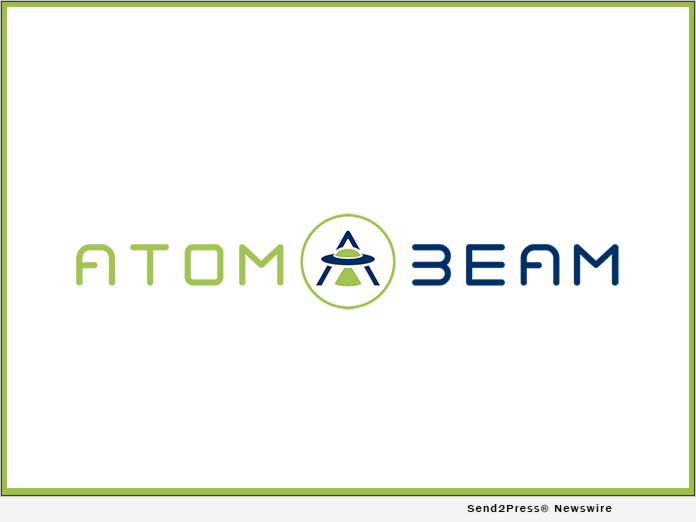AtomBeam’s light, fast code fits in virtually all Internet of Things (IoT) devices and uses machine learning to reduce the size of IoT data
SAN FRANCISCO, Calif. /California Newswire/ — Today, AtomBeam launches its free Customer Portal at https://atombeamtech.com/acp/, giving prospective customers limited access to AtomBeam’s patented, radical new AI software. Using the portal, prospective customers can validate actual reductions achievable in IoT data transmission (typically 75%).

Customers can safely and securely test their own data or use one of several sample IoT datasets provided. The Customer Portal is simple to use and a way to directly experience the power of AtomBeam’s compaction technology.
AtomBeam’s light, fast code fits in virtually all Internet of Things (IoT) devices and uses machine learning to reduce the size of IoT data. The original data is never transmitted, adding ultralight security. AtomBeam’s patented process can operate on the smallest IoT data files, unlike compression; compression technologies cannot significantly reduce IoT data because machine/IoT files are simply too small for it to be effective. In contrast, AtomBeam solves the IoT data reduction problem by applying advanced mathematics to find data patterns across thousands of IoT files. AtomBeam is a real-time technology, operating at up to 400x the speed of compression. This ultrafast processing, combined with typically sending only 25% of the original data, translates to AtomBeam effectively quadrupling the speed or capacity of networks.
“AtomBeam’s patented AI/machine learning technology is the only way to efficiently and significantly reduce the size of IoT and other machine generated data,” commented Charles Yeomans, CEO of AtomBeam. “Our technology adds almost no latency, requires very little computing power, extends battery life and can operate on almost any IoT processor. End users save money while speeding and securing their data. AtomBeam technology has the potential to one day be in every machine that generates data, and now with the free Customer Portal, anyone can test drive it and see for themselves.”
Industry sectors that serve to benefit the most from the use of AtomBeam are telematics, wearables, satellite data users, internal corporate networks and any other user of machine generated data. Several major corporations are testing AtomBeam’s technology for potential use in their products and internal networks for deployment in Q4 2020.
About AtomBeam Technologies
AtomBeam Technologies is a data compaction software company positioned to become an industry standard for IoT data transmission. AtomBeam’s patented 21st-century data compaction process reduces IoT data by 75%, and often more. Leveraging AI/machine learning processes, the technology delivers the benefits of significantly compacted data, saving bandwidth, minimizing latency, reducing transmission and storage cost, and extending battery life. The software is simple to integrate into devices and provides a built-in security layer for IoT.
AtomBeam Technologies licenses its software to manufacturers of IoT devices and gateways, software companies with IoT and security platforms, and large enterprises that use IoT devices extensively. AtomBeam is a private company based in the San Francisco Bay Area that began operating in 2017. Interested parties may visit the company’s website to access the Customer Portal or contact the sales team for a live demonstration using their data.
For more information, visit https://atombeamtech.com.
Twitter: https://twitter.com/atombeamtech?lang=en
Facebook: https://www.facebook.com/AtomBeamTech/
LinkedIn: https://ca.linkedin.com/company/atombeam
MULTIMEDIA:
*VIDEO (YouTube):
Learn More: https://atombeamtech.com/
This version of news story was published on and is Copr. © 2020 California Newswire® (CaliforniaNewswire.com) – part of the Neotrope® News Network, USA – all rights reserved.
Information is believed accurate but is not guaranteed. For questions about the above news, contact the company/org/person noted in the text and NOT this website.







